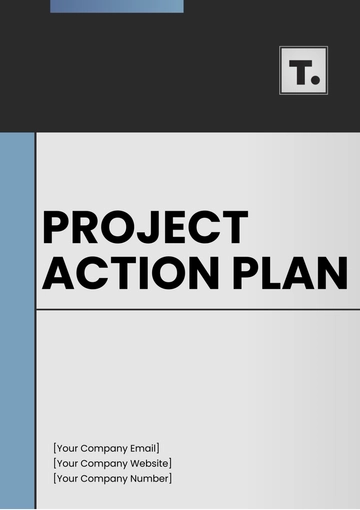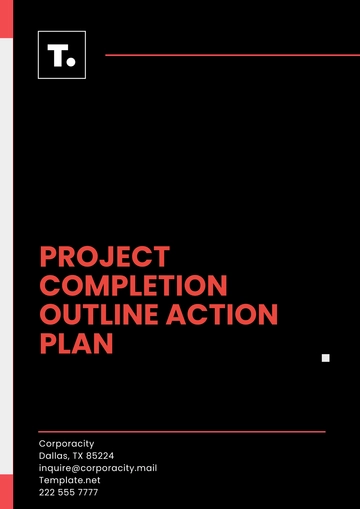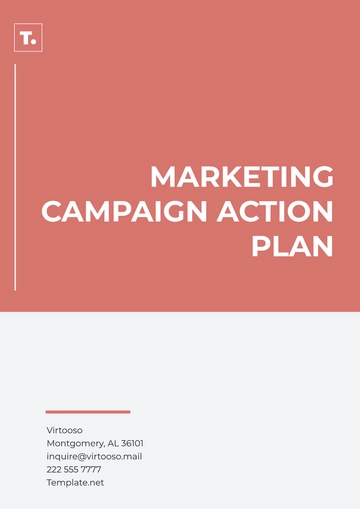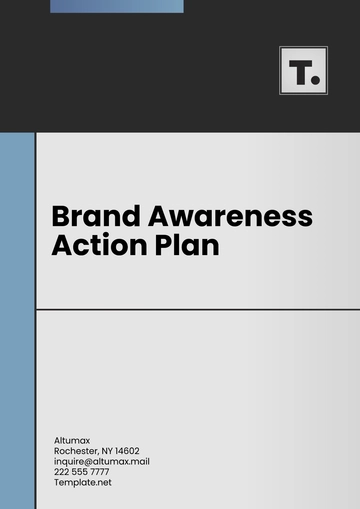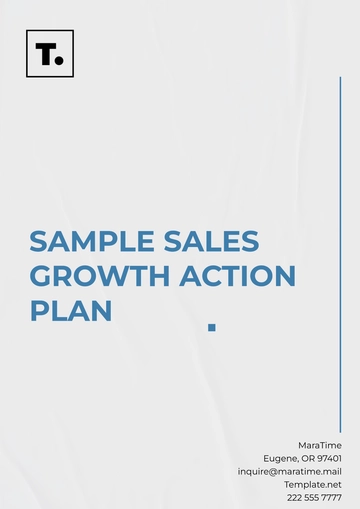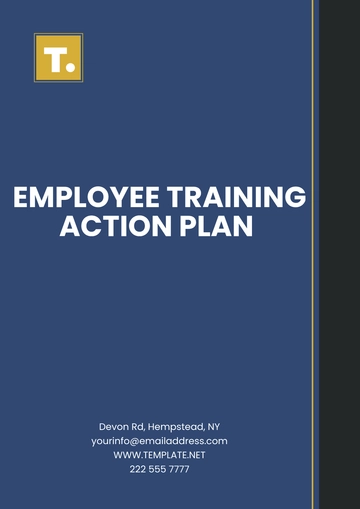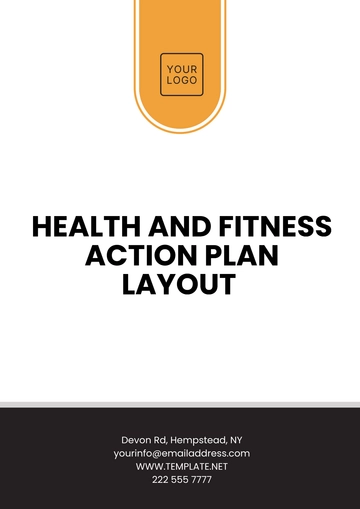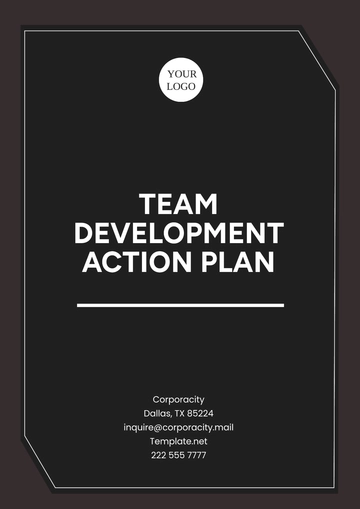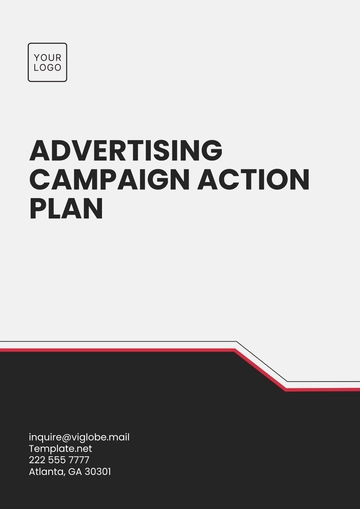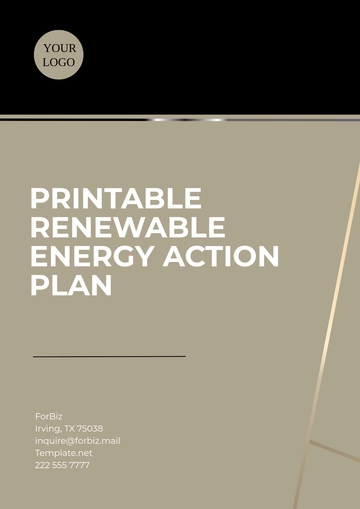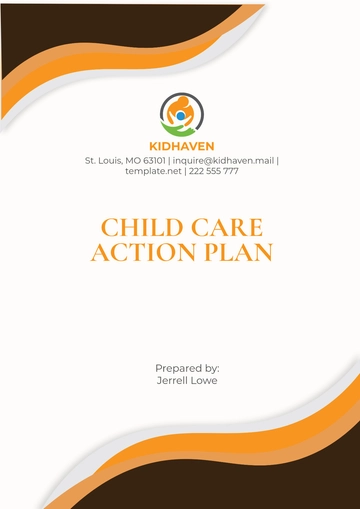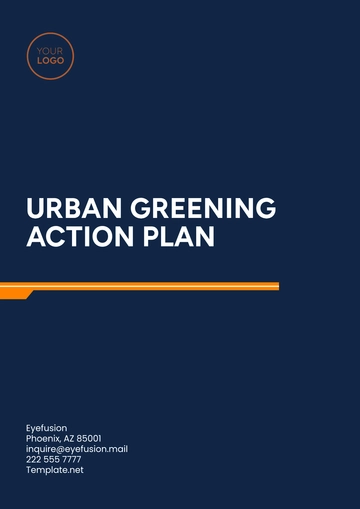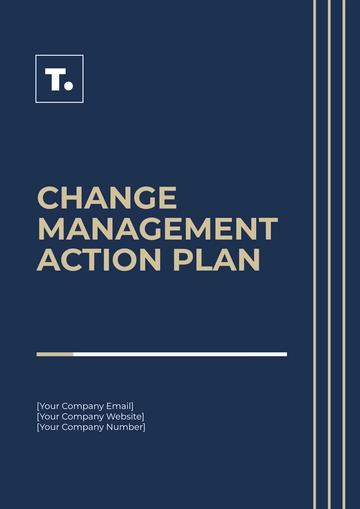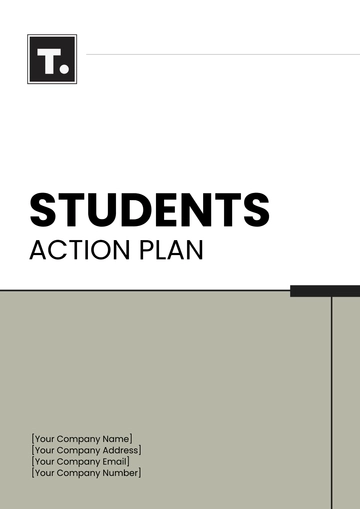Free Compliance Action Plan
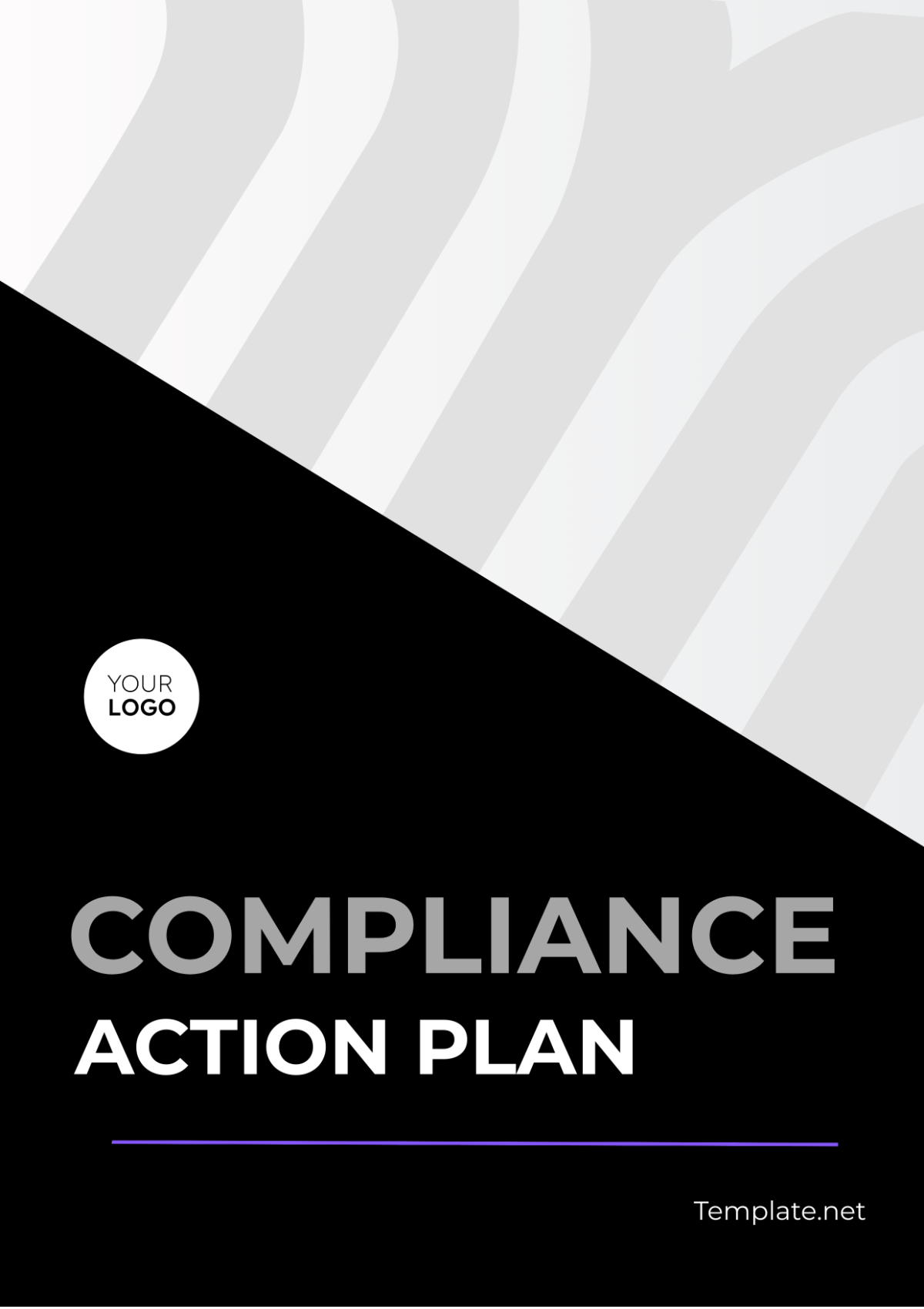
1. Introduction:
This Compliance Action Plan addresses non-compliance issues identified during audits or inspections within [Your Company Name]. It outlines steps to rectify these issues, ensuring regulatory compliance and ethical operations.
Developed collaboratively and approved by [Your Name], it will be implemented with full organizational support.
2. Non-Compliance Issue Identification:
Review Audit/Inspection Reports:
Review all audit and inspection reports to identify areas of non-compliance.
Note down the specific findings and observations related to non-compliance.
Assess Regulatory Compliance:
Assess non-compliance issues against applicable regulations.
Spot any differences between current practices and regulatory standards.
Evaluate Internal Policies and Procedures:
Review internal policies and procedures for non-compliance issues.
Note down any policies or procedures that need to be updated or revised.
3. Root Cause Analysis:
Identify Non-Compliance Issue:
Clearly define the non-compliance issue that needs to be addressed.
Gather Data:
Collect relevant data and information related to the non-compliance issue.
Identify Possible Causes:
Brainstorm and list all potential causes of the non-compliance issue.
Evaluate Causes:
Assess each potential cause to determine its likelihood and impact on the non-compliance issue.
Determine Root Cause:
Identify the root cause or causes that are most likely responsible for the non-compliance issue.
Verify Root Cause:
Validate the identified root cause(s) through further analysis or testing.
4. Action Plan:
Define Actions:
Clearly define the specific actions that need to be taken to address each non-compliance issue.
Assign Responsibilities:
Assign responsibilities for each action to ensure accountability.
Set Deadlines:
Establish realistic deadlines for completing each action.
Outline Resources:
Identify the resources (e.g., personnel, budget, equipment) required for each action.
Ensure Measurability:
Ensure that each action is measurable to track progress and success.
5. Timeline:
Establish Milestones:
Break down the action plan into smaller milestones to track progress.
Set Overall Timeline:
Define the overall timeline for completing the action plan, including key milestones and deadlines.
Adjust for Dependencies:
Consider any dependencies between actions and adjust the timeline accordingly.
Allow for Contingencies:
Account for potential delays or unforeseen circumstances by building in buffer time.
6. Resources Required:
Identify Personnel:
Determine the personnel needed to implement the action plan, including any specialized skills required.
Estimate Budget:
Estimate the budget required to fund the implementation of the action plan, including any additional costs.
List Equipment and Tools:
Identify any equipment or tools needed to support the implementation of the action plan.
7. Monitoring and Reporting:
Establish Monitoring Process:
Define how progress will be monitored, including the frequency and methods of monitoring.
Develop Reporting Mechanism:
Establish a reporting mechanism to provide regular updates on progress to stakeholders.
Set Criteria for Success:
Define criteria for assessing the success of the action plan and compliance with the plan.
8. Compliance Review:
Frequency:
Conduct regular compliance reviews [Frequency].
Criteria:
Use [Criteria] to assess compliance with the action plan.
9. Contingency Plan:
Identify Potential Challenges:
Anticipate challenges that may arise during implementation.
Develop Response Strategies:
Develop strategies to address each potential challenge.
Allocate Resources:
Ensure resources are available to implement contingency plans.
10. Documentation and Recordkeeping:
Recordkeeping Procedures:
Establish procedures for documenting all aspects of the action plan and its implementation.
Data Protection:
Ensure that data is stored securely and in compliance with relevant regulations.
Accessibility:
Ensure that documentation is easily accessible to authorized personnel.
11. Communication Plan:
Stakeholder Communication:
Develop a plan to communicate progress and updates to stakeholders.
Internal Communication:
Ensure all relevant departments and personnel are informed of the action plan and their roles.
External Communication:
Communicate with external stakeholders, such as regulatory bodies, as necessary.
12. Training and Education:
Training Needs Assessment:
Identify training needs related to compliance with the action plan.
Training Programs:
Develop and implement training programs to address identified needs.
Evaluation:
Evaluate the effectiveness of training programs and make improvements as necessary.
13. Review and Update:
Regular Review:
Schedule regular reviews of the action plan to assess its effectiveness.
Update Process:
Develop a process for updating the action plan based on review findings and changes in regulations or operations.
Continuous Improvement:
Use review findings to make continuous improvements to the action plan and compliance processes.

[Your Name]
[Date Signed]
- 100% Customizable, free editor
- Access 1 Million+ Templates, photo’s & graphics
- Download or share as a template
- Click and replace photos, graphics, text, backgrounds
- Resize, crop, AI write & more
- Access advanced editor
Our Compliance Action Plan Template is crucial for developing a structured approach to achieving compliance goals. This customizable document covers compliance objectives, action steps, responsible parties, and timelines. Downloadable and printable, it ensures accountability and progress tracking in compliance efforts. Edit it in our AI Editor Tool to meet your needs and enhance compliance efforts.
